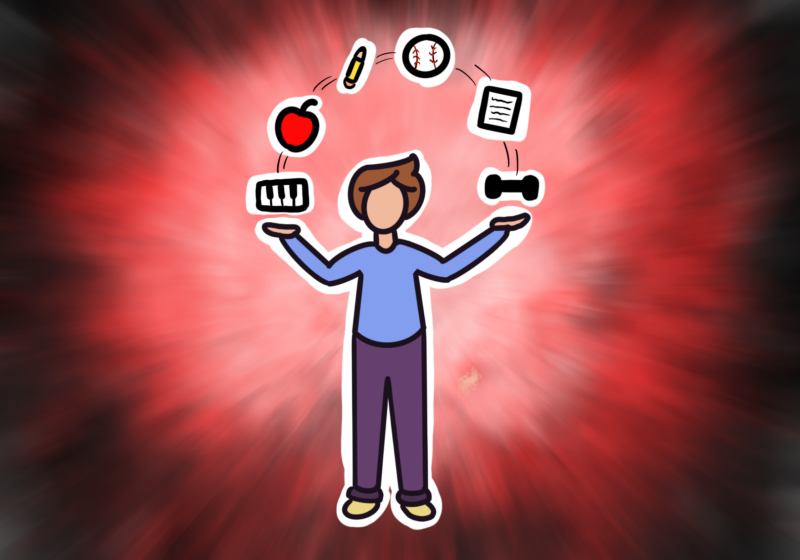The eighth season of the ’80s television series ‘Dallas” produced one of the worst finales in the history of drama: The protagonist, Pam Ewing, wakes up and sees her once late husband, Bobby Ewing, alive and well. Devoted fans pissed their pants and foamed at the mouth as they were left with the lackluster conclusion that the past three seasons of ‘Dallas” were all a part of one long dream that Pam had on a rough night. Fans had followed the plot, night after night, season after season, just to discover that their anticipation was all in vain.
On Saturday at the Mandalay Bay, Bernard Hopkins, 45, and Roy Jones Jr., 41, were victims of the “Dallas’ Syndrome.’ However, two seasons weren’t good enough for Jones and Hopkins. Instead, the two boxing legends bickered for 17 years, teasing their adoring fans with a potential rematch of their 1993 title bout in the Middleweight division. They promised that their bitter feud would end one day in fireworks, jabs, atomic bombs and, most importantly, answers. The only reason that the fight never happened was because the fighters’ egos were too big to agree on who would get the larger half of the purse.
For that very reason, I was suckered into paying $50 for pay per view and spent the entire week watching old Jones’ fights. But when April 3 came around, I received a belated April Fools’ Day gift: Roy Jones and Bernard Hopkins spent 12 rounds and 36 minutes in the ring feinting punches, flinching, rough housing and posing for the cameras.
The CompuBox Punch stats are telling: Jones threw 274 punches and landed 82 while Hopkins threw 526 punches and landed 184. To put things into perspective, Jones averaged 30 punches a round (that’s 360 punches landed over 12 rounds) while Hopkins usually landed 22 punches a round (an average of 264 punches over 12 rounds)
At times, I nearly tipped my chair over when it appeared as if Jones was making a step toward Hopkins. Unfortunately, I was forced to accept the reality that everything in the ring was a mirage, as Jones flinched and retreated every time Hopkins tilted his bullet-shaped head toward him.
But critics never took the fight seriously. Besides the fact that both fighters are middle-aged, Hopkins and Jones have recently become the two most cautious fighters in boxing. Hopkins, ‘The Executioner,” is known to clinch and hold his opponents every time they attempt to throw a punch. To make matters worse, he’s always been known to lead with his head, causing intentional headbutts and hitting his opponent low or behind the head on the referee’s blind side.
Jones, who was once known to knock his opponents out with one hand behind his back and stick his tongue out as he landed five-punch combos, has reduced himself to thinking about safety first. Jones started his habit after Antonio Tarver landed a single lucky punch in 2004, sending Jones to the canvas for the second time in his 16-year career. Ever since then, Jones has been trigger shy, fearing that he’ll get countered with a lucky knock out blow. Obviously, fear doesn’t mesh too well with professional fighting Jones’ 5-6 record (three losses by knock out and the other three by wide margin decision losses) since the Tarver catastrophe proves so.
If that’s the case, one may ask two questions: Why the hell did they go on with the match, and why in the hell did people bother paying? The first answer is obvious: They made over $10 million apiece for a photo op (take that ‘America’s Next Top Model”). However, the second question is a lot more complex. It brings us back full circle to the “Dallas’ syndrome.’ I’ve been following Jones and drooling over highlights from his two-decade career since I was a little Brooklynite. He is the reason why I watch boxing and train today.
I already knew that he was a shot fighter and a mere skeleton of his glorious past, but I’ve convinced myself that every great man can offer moments of immortality, and that some mirages are far too satisfying to deny. Thus, I spent three hours, $50 and copious amounts of joy and anxiety over an outcome that the cheapest gypsy on the streets in Vatican City could’ve foretold. The result a sloppy unanimous decision for Hopkins, who finally avenged his first title shot loss from 17 years ago hardly mattered. If any questions were answered, it was that two middle-aged men are better off golfing and going home to their wives.
What’s the next step from here? Ideally, both fighters will retire and let the boxing world save money and energy for mega fights like ‘Sugar” Shane Mosley vs. Floyd Mayweather Jr. on May 8. Then, we can mourn Jones’ retirement, but rejoice as he is honored with an imminent Hall of Fame Induction. As for Hopkins, we can rejoice in his retirement and reluctantly nod our heads as they give boxing’s dirtiest fighter a well-deserved spot in the Hall of Fame. But the ideal ending is never the case when you have the “Dallas’ Syndrome.’ Jones is talking to his management team about his future while Hopkins sounds headstrong about moving up to heavyweight and fighting David Hayes for the Heavyweight title, potentially making him the third Middleweight (160 pounds) to win a Heavyweight title (200 pounds and up. The second Middleweight to do so was Jones in 2003).
“Dallas’ can have all the reunions they want, but this time we’re not buying it.
Nathaniel is a member of the class of 2011.


